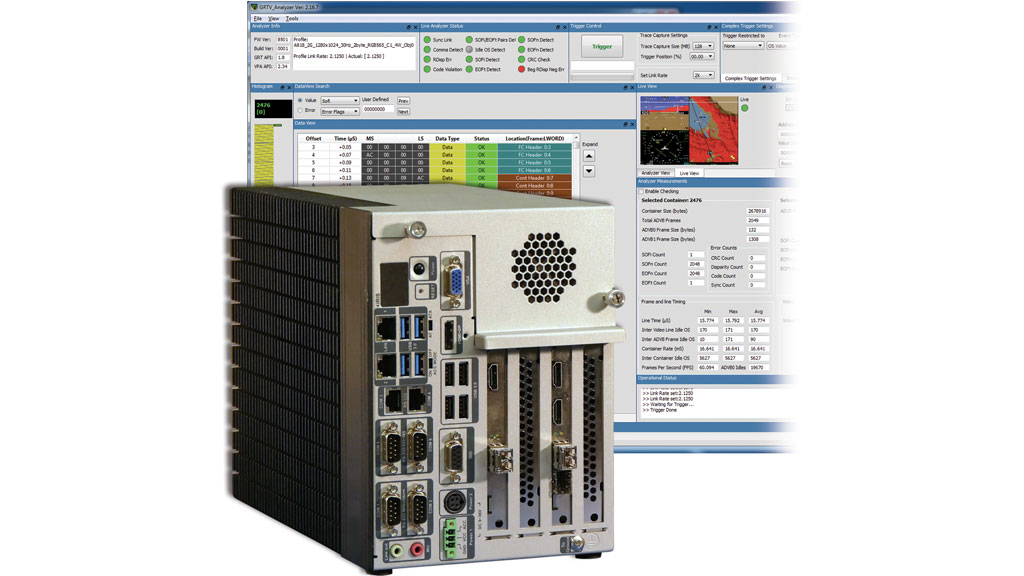Military and civilian aviation systems require high-speed video systems for cockpit displays, head-up displays, infrared and optical sensors, and flight simulators, to name a few. Twenty-first century advances require higher bandwidths and greater flexibility. Certification requirements are strict. One high-speed video protocol addresses this reality: ARINC 818.
In the early 2000s, after frustrating and costly integration issues involving proprietary video protocols, Airbus, Boeing, and other OEMs put their efforts into a common avionics video standard. ARINC convened a committee to define such a standard, which included Great River Technology (GRT). The challenge: how to meet ever-expanding resolution and bandwidth requirements while maintaining enough flexibility to handle nearly any video format, update rate, and color-encoding scheme.
The 2006 Avionics Digital Video Bus, ARINC 818-1, gained quick adoption in military and commercial programs such as the A400M and B-787. Today, ARINC 818-2 is employed by dozens of aircraft and upgrade programs. This current version defines speeds to 28 Gb/s, giving it room to grow.
“ARINC 818 has become the de-facto standard for high-speed video for avionics systems,” said Tim Keller, COO for Airborne Products for GRT. “ARINC 818 is now the global standard.” GRT has participated in more than 100 ARINC 818 projects worldwide.
“We’ve created tools to address the challenges,” concluded Keller. “We’ve listened to customers who have used the tools. We’ve used the development tools ourselves and continue to refine them.” (See VPA III illustration.) “By doing so, we let customers know they’ll have a partner throughout program lifecycles.”
